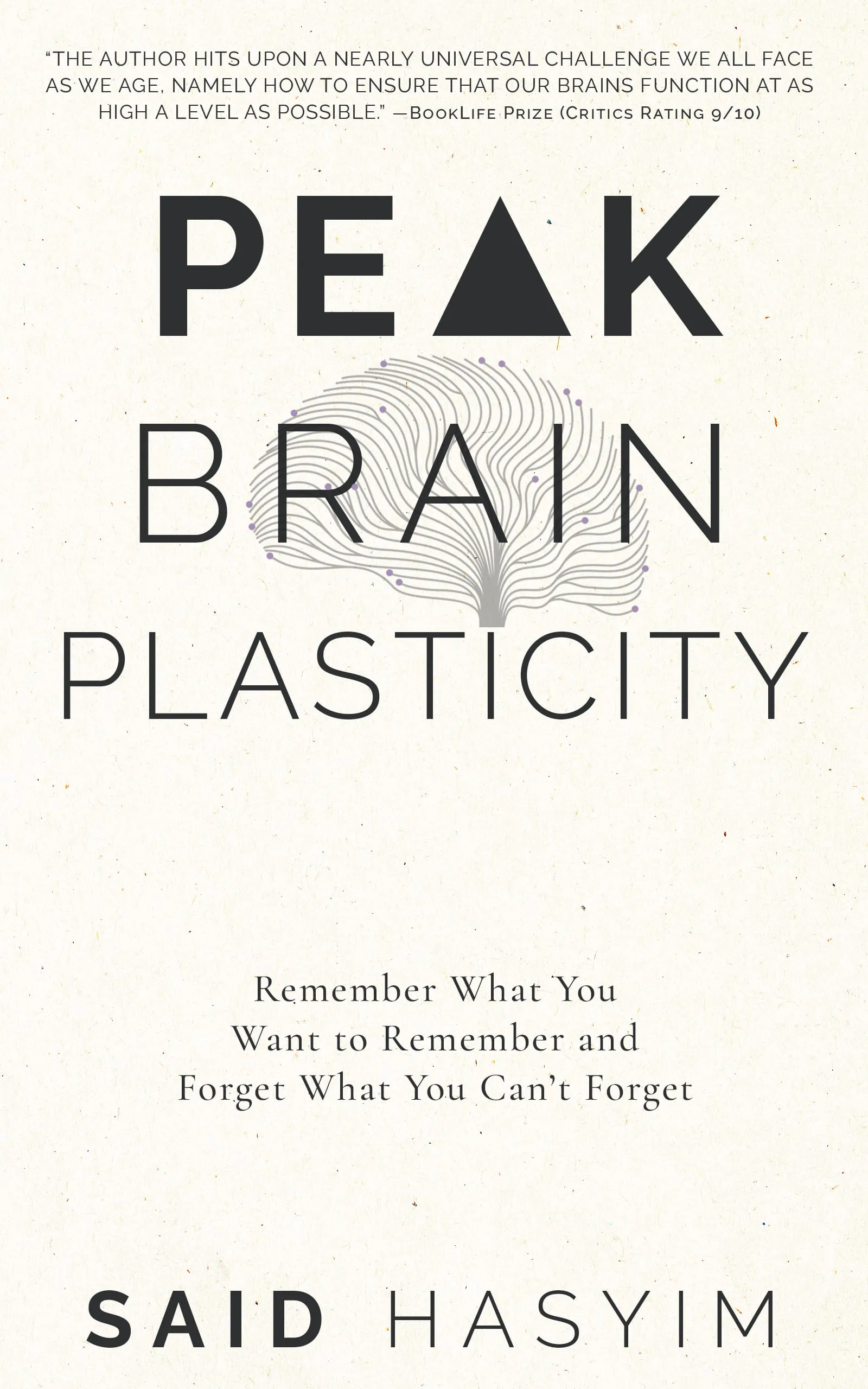Mind Mapping: A Tool for Memory Improvement
In a world overflowing with information, managing what we learn can often feel overwhelming. We are bombarded with data from countless sources, making it difficult to retain, recall, and utilize information effectively. However, one powerful technique can help you not only capture information but also enhance your memory and understanding: mind mapping.
What is Mind Mapping?
Mind mapping is a visual representation of information that organizes and presents ideas in a structured, graphical format. Developed by British psychologist Tony Buzan in the 1960s, mind maps emphasize the relationships between concepts instead of simply listing them linearly. This technique leverages the brain's natural way of processing information, making it easier to remember and retrieve later.
The Structure of a Mind Map
A mind map typically starts with a central idea or theme in the middle of the page. From this central point, branches radiate outward representing related concepts and sub-ideas. Each branch can then be further divided into more specific topics, creating a tree-like structure that visually conveys the relationships between ideas.
Key Elements of a Mind Map:
- Central Idea: The main theme or topic you are exploring, placed at the center.
- Branches: Lines that radiate from the central idea, representing main ideas or categories.
- Keywords: Concise phrases or single words that summarize the content of each branch.
- Images and Symbols: Visual elements that enhance understanding and memory retention.
- Colors and Styles: Different colors and formatting styles are used to differentiate branches or categories, making the map more engaging and easier to memorize.
Benefits of Mind Mapping for Memory Improvement
1. Boosts Creativity and Imagination
Mind mapping encourages divergent thinking, allowing you to explore many ideas and possibilities at once. By visually mapping out your thoughts, you can make connections between concepts that you may not have noticed in a linear format. This can lead to new insights and innovative solutions.
2. Enhances Understanding and Retention
The visual nature of mind maps taps into our brain’s preference for visual information, making it easier to comprehend and remember concepts. By organizing information hierarchically, you can grasp complex ideas and see how they interconnect, leading to better understanding and retention.
3. Improves Information Organization
Mind maps allow you to break down large amounts of information into digestible parts. This structure helps you identify which pieces of information are most important and how they relate to each other. As a result, organizing your thoughts becomes more intuitive.
4. Aids in Recall
When you’ve created a mind map, you can use it as a visual cue to jog your memory. The interconnected branches and topics provide context, making it easier to recall specific details when needed. The mental imagery associated with mind maps can significantly enhance your ability to retrieve information.
5. Encourages Active Learning
Creating a mind map is an active process that requires engagement with the material. You are not merely reading or passive note-taking; you are synthesizing ideas and forming connections. This active involvement has been shown to enhance learning outcomes and memory retention.
Tips for Creating Effective Mind Maps
1. Start with a Clear Purpose
Before you begin, clarify the purpose of your mind map. Are you brainstorming ideas for a project, summarizing a book, or preparing for an exam? Having a focused objective will guide your mapping process.
2. Use Simple Words and Images
Keep your words and phrases concise. Instead of writing long sentences, use keywords that trigger your memory of the concepts. Incorporate images or symbols to represent ideas visually, which can make the map more engaging.
3. Organize Logically
Focus on the logical relationships between ideas. Position your branches according to their importance or relevance to the central idea. This organization will help you see the big picture.
4. Be Creative with Colors and Shapes
Utilize a variety of colors, fonts, and shapes to differentiate between branches and categories. This not only makes the mind map visually appealing but also improves memorability and recall.
5. Revise and Update
Mind maps are not static. As you learn and gather new information, revisit and revise your mind map. This ongoing process reinforces your memory and aligns the map with your evolving understanding.
Applications of Mind Mapping
1. Academic Success
Students can use mind maps for note-taking, studying, and project planning. By summarizing complex information, mind maps make it easier to prepare for exams and engage with course material.
2. Business Planning
Professionals can leverage mind mapping for brainstorming sessions, project management, and strategy development. This tool fosters collaboration and enhances communication by providing a clear visual reference.
3. Personal Development
Mind maps can be a powerful tool for goal setting and self-reflection. By mapping out aspirations, challenges, and resources, individuals can create a visual blueprint for personal growth.
4. Creative Projects
Writers, artists, and creators can utilize mind maps to gather inspiration and outline ideas. This visual tool provides freedom to explore different creative avenues without rigid constraints.
Conclusion
Mind mapping is more than just a technique; it's a holistic approach to learning and memory improvement. By harnessing the natural processes of our brain, mind mapping enables us to organize information, foster creativity, and enhance recall. Whether you’re a student, a professional, or someone looking to improve personal organization, incorporating mind mapping into your routine may be the key to unlocking your memory’s full potential. Start exploring the world of mind mapping today and watch as your understanding and retention of information flourish!
Harness the Power of Neuroplasticity
Discover Peak Brain Plasticity, a practical book to harnessing neuroplasticity. Enhance your memory, learn new languages quickly, and alleviate anxiety with effective study methods. Uncover daily habits that impact cognitive health and explore techniques for accelerated learning and memory retention. Unlock your brain's potential for growth and transformation.
